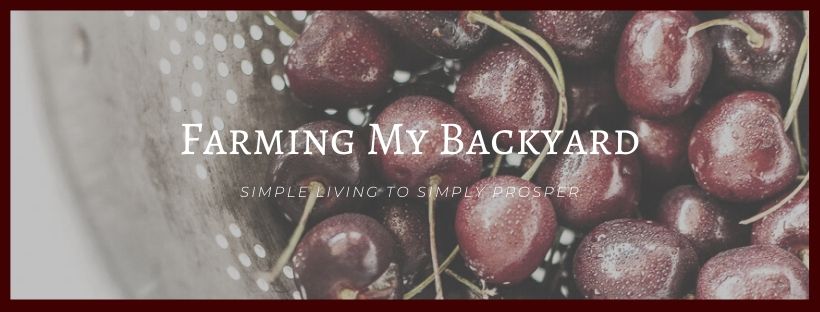One of the best ways to save money when you have a baby is to use cloth diapers. Cloth diapering is much cheaper than disposables, especially if you can use the same set of diapers from newborn all the way to potty training.
There are several different types of cloth diapers. All in ones and pocket diapers are very popular because they are easy to put on as disposables. All in ones are the absorbent inner layers and the waterproof outer layers included in the same diaper. Pocket diapers are similar to all in ones, except they have an opening at the top where you can take the absorbent layers out for washing or add more if needed.

These types are the easiest to use, however they can be the hardest type to wash. They are often made out of fibers than can be sensitive to different types of detergents. If you do not wash them correctly they may become less absorbent or become a bit stinky. They also take a long time to dry in the dryer.
Both of these types also have multiple sizes that you must purchase as your child grows. Unfortunately they also tend to be the most expensive type of cloth diapers, so that can get really pricey, really fast!
A third option for cloth diapers that is fairly popular are called prefolds. These diapers require a little bit of folding and a separate waterproof cover. They are easier to wash and dry than pockets and all in ones, but they can still be sensitive to detergents. Prefolds are a great way to get started with cloth diapers and save money. However, if you are planning to use them from newborn to potty training you will likely need three different sizes.
The Secret To Cloth Diapering From Newborn To Potty Training
I used prefolds and covers with a couple of my kids before I discovered an even better option for cloth diapering. Flats!
Flats are old-school cloth diapers. They are exactly what they sound like, a flat square of cotton. You have to fold them in order to use them successfully as a diaper, and they will also need a waterproof cover.
Flats may seem intimidating, but they really are not difficult to fold. They can be washed super easily and dry amazingly quickly. If you want to only have to buy one set of cloth diapers that you can use from birth to graduating into underwear, flats are definitely the way to go.
In addition to flats, you will also need waterproof covers. There are adjustable size options, usually called one size. A one size cover is probably all you need unless you have an unusually small newborn or a very large toddler. And it’s much easier to pick up a couple of covers if needed than to buy an entire diaper stash in another size!
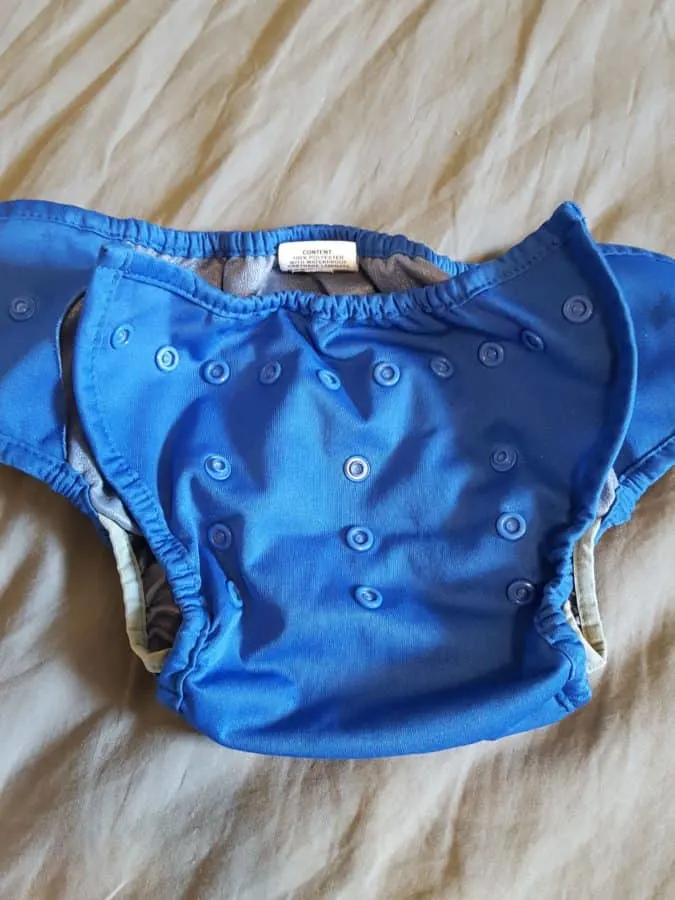
I prefer snaps because they last longer than velcro. Some people prefer velcro because you can get a very close fit around the waist. The one size cover easily fits my one month old and my two year old. I do own one newborn size cover and three toddler covers.
The newborn size cover tends to work for the first 3-6 months, depending on how fast your baby grows. The toddler covers fit my two year old on the smallest size and on the biggest size it would even fit my six year old. You could very easily do without these.
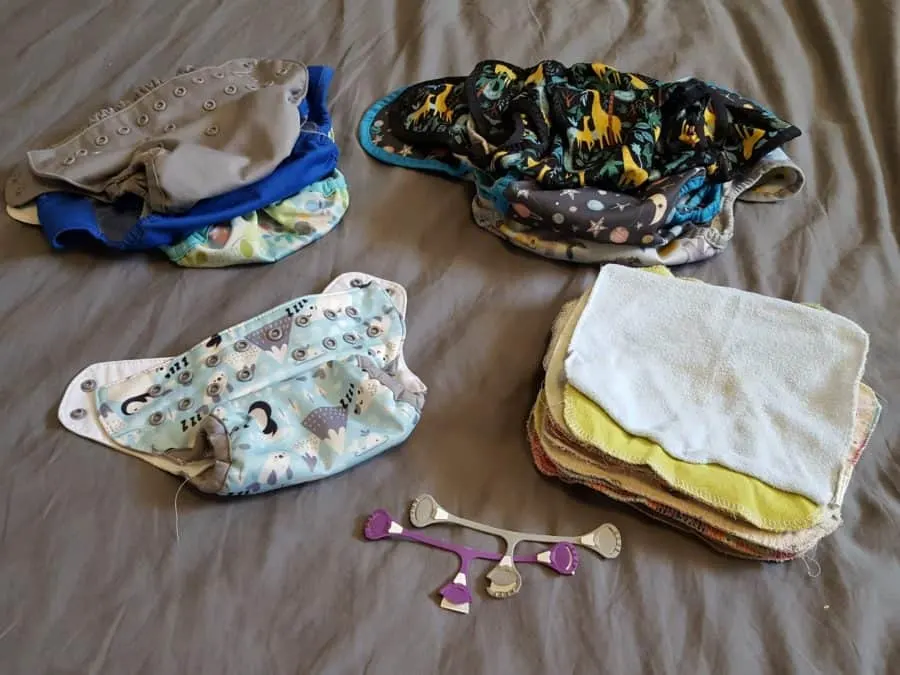
In addition to the covers and diapers, it is nice to have a couple other things. Snappis are a useful way of holding the diapers into place. You can simply use the cover to keep it in place, but once your baby starts walking they can help prevent a sagging diaper.
I like to use cloth wipes. The ones I have are simply edged flannel, but baby washcloths work wonderfully well too. They just get thrown in and washed with the diapers. I have a few dry ones in my diaper bag, and if we’re out where there is no sink, I just pour a little water on them from my water bottle.
It’s also nice to have a wet bag or two. You could use a bucket to store your dirty diapers, but a wet bag means one less thing to clean because you just throw it in the wash with them. Wet bags are waterproof and come in different sizes. I like to have a small one for my diaper bag and a larger one for under my bathroom sink.
And finally, I find a diaper sprayer attached to the toilet to be an essential part of cloth diapering a toddler. (Click here to see the one I currently have.) Once your baby starts eating solid foods make sure to hose off bowel movements into the toilet before adding them into your wet bag. They are very easy to install and some come with an off lever so your two year old doesn’t spray down your entire bathroom.
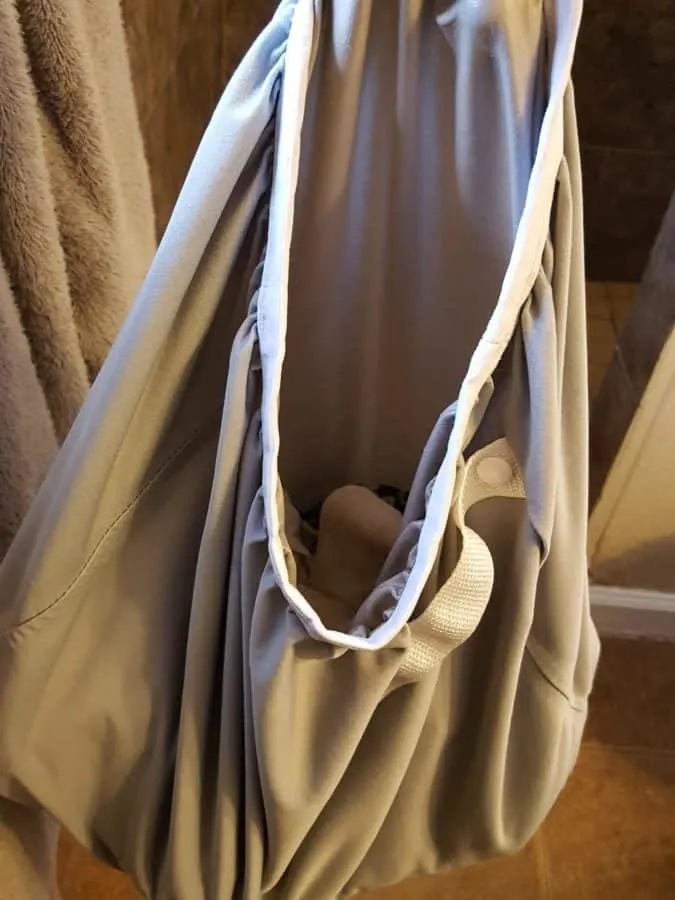
Cloth diapering can also be very minimalist. All the covers, wipes and snappis fit into a drawer in my bathroom cabinet. The cloth diapers themselves fit into a small basket. During the newborn phase I like to have the basket right by my bed for frequent changes. As my kids get older the cloth diapers get stored in the bathroom as well.
Plus it produces so much less waste than traditional diapers. Disposable diapers use water during their manufacturing and then end up in a landfill. You do have to use water to wash your cloth diapers. Cotton flats will compost down into nothing, and you can reuse the plastic covers over and over again before throwing them away. Flats also dry so quickly that they are very easy to line dry, which saves on electricity.
How To Use Flats
Don’t let all the options for folding flat diapers scare you away. That’s what makes them so versatile and so useful for such a wide range of sizes. There are many different folds you could do. I suggest trying one at a time. If you like it, stick with it. If there’s something you would like to fix, learn a new fold.
I have a couple folds that I like the best and can do pretty quickly. It’s even kind of fun for me to fold diapers. (Of course, I may just be weird.) The easiest and most versatile way to fold flats is the pad fold. Here’s how to do it:

I use the pad fold all the time with both kids that we’re currently cloth diapering. It’s super easy and lends itself to very quick diaper changes. I just use two stacked on top of each other for the two year old. The downsides to the pad fold is that it can be a bit bulky. Bowel movements can also tend to get on the inside of the cover if your kids are prone to blow outs. That’s not an issue if you have plenty of spare covers.
If you want something a bit slimmer, or only have a few covers and need to keep them clean between diaper changes, try the kite fold.

To add more absorbency to the kite fold for a toddler or heavy wetter you can stack two flats on top of each other before folding. Or you can add a flat folded into the pad fold in the center. Here is how you would do that for a toddler:
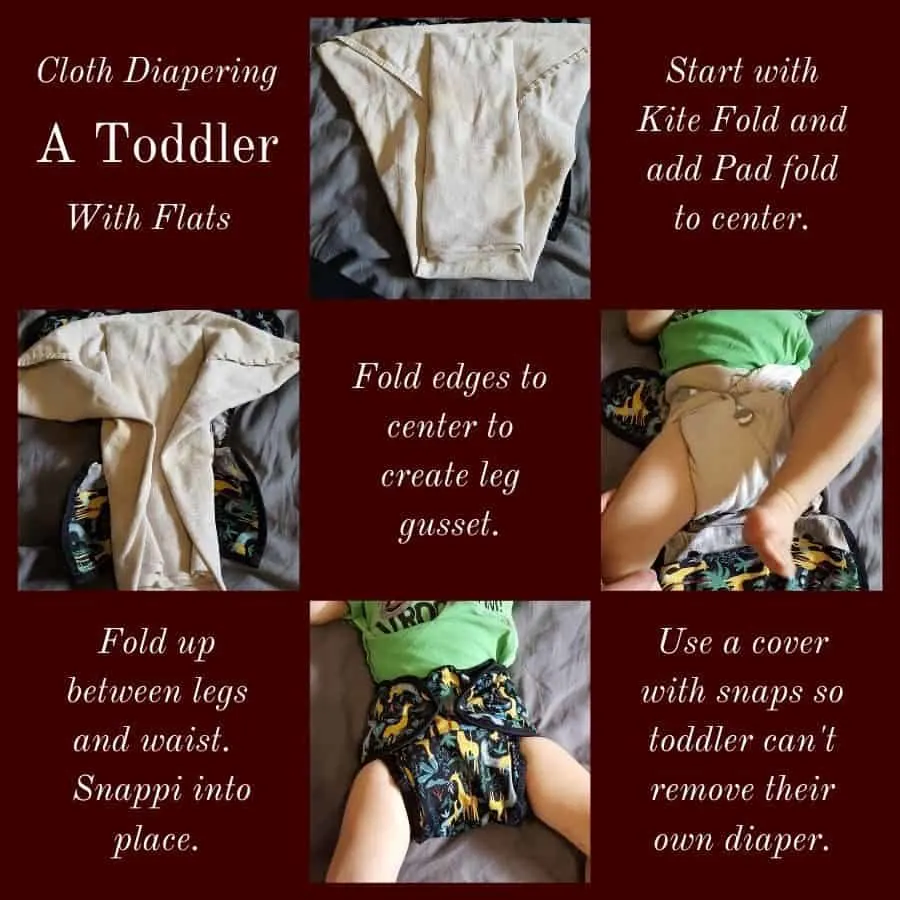
Using flats with older babies and toddlers is easy, because it’s mostly a matter of adding layers to increase absorbency. If you want to use flats for a newborn, you’ll want to adjust how you fold in order to shrink down the size and the bulk. You can use virtually any fold for a newborn if you pre-fold the diaper in at each corner to make a smaller square.
Here’s a graphic showing how to do that and continue on with a newborn sized kite fold:

If you use the first 4 steps on the graphic you can then follow up with any other flat fold in newborn size. Honestly for the very beginning, one flat is plenty large enough that I don’t need a cover and can skip it to cut down on the bulk. As the baby grows I start using the cover instead of just the Snappi’ed diaper.
Flats are incredibly versatile. They wash and dry well. They don’t take much space. They’re affordable. And they are the perfect diaper to take you throughout the entire diaper phase! There are quite a few different folds available, so if these two don’t work for you, you can always experiment. I have just found that the combination of pad fold and kite fold work for many different sizes and scenarios. Don’t be scared by flats for cloth diapering!
Want To Raise Happy Chickens?
Subscribe for our newsletter and get the free email course Intro To Backyard Chickens as well as a free printable checklist to walk you through step by step!
